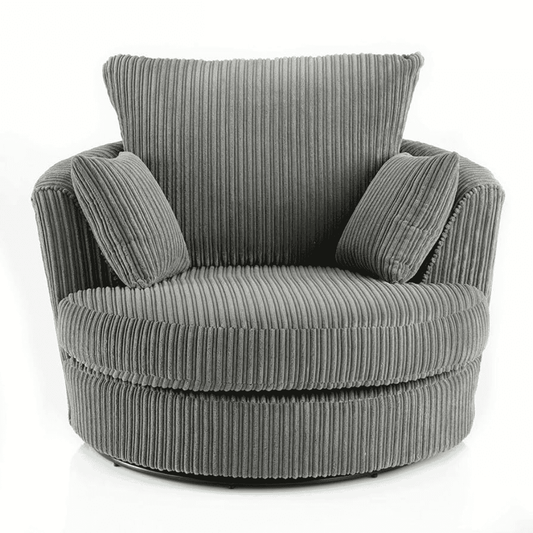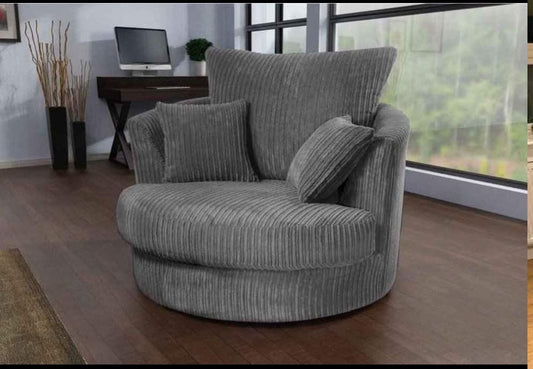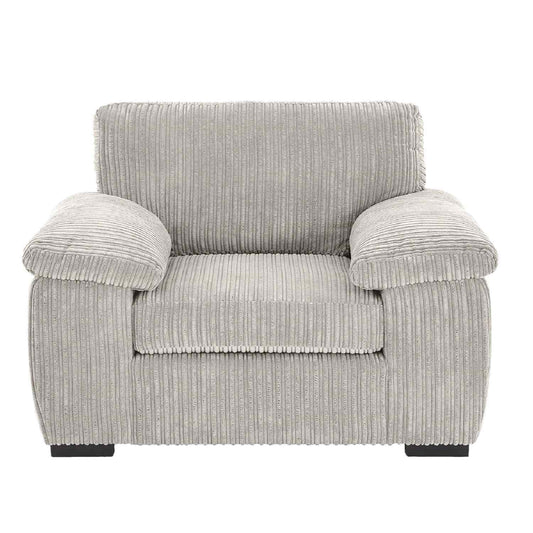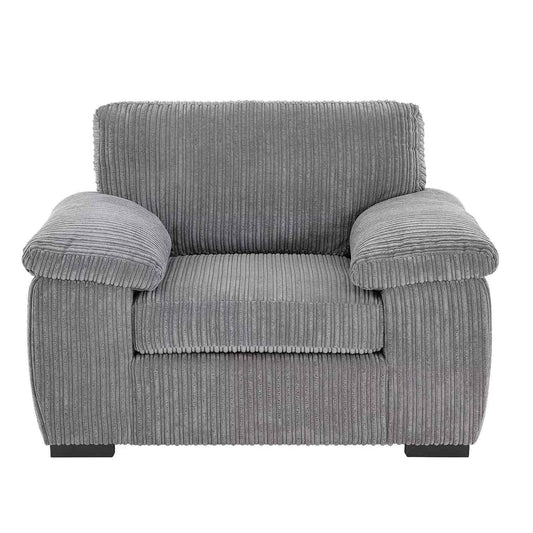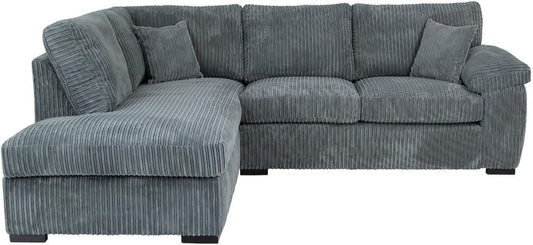How to Maintain Your Sofa Like a Pro: Cleaning, Fabric Care & Longevity Tips
Sofa is not only a sofa but a place where you can relax, meet with your family and friends, and spend your evenings watching a movie. Keeping it in good shape by taking proper care of it means that it will appear new season after season and it will be able to withstand the use of everyday life.
Regardless of whether your sofa is covered with fragile linen, stain repellent performance fabrics, and fine leather, how to clean your sofa is to maximize the long life of your sofa and its intended beauty. This guide contains the professional tools of cleaning, care, and regular maintenance to ensure that you can keep your investment shining.
1. Learn About what your sofa is made of
Find out the upholstery of your sofa, and then move on to the actual cleaning. Typical materials are:
● Natural Fabrics: Cotton, linen and wool are breathable yet they may have a tendency to stain and discolour.
● Synthentic fabrics: These are polyester, acrylic and microfiber with their stain resistant, colorfast qualities.
● Performance Weaves: Blends that have been treated with liquids to repel them and also that which is resistant to wear.
● The leather: There are full grain, top grain and bonded leathers, and all need dedicated leather care solutions.
Before cleaning the garment, refer to the manufacturer care tag It may be coded with letters such as W (water-based cleaner), S (solvent-only cleaner), WS (either) or X (vacuum only). By following these rules, it will be possible to avoid damaging the item accidentally and to possess the most effective cleaning method.
2. Establish a Regular Cleaning Routine

Consistent upkeep is the key to preventing dirt buildup and fabric deterioration. Aim to:
- Vacuum Weekly: Use a soft‑bristle attachment to remove dust, pet hair, and crumbs from cushions, crevices, and seams.
- Rotate Cushions Monthly: Flipping and rotating reversible cushions promotes even wear and prevents sagging.
- Brush Leather Monthly: A soft, dry cloth or horsehair brush lifts surface dust from leather without scratching it.
By integrating these simple steps into your schedule, you fend off deep‑seated dirt and keep your sofa looking its best with minimal effort.
3. Spot‑Treat Stains Quickly and Correctly
Accidents happen, but prompt action can save upholstery from permanent marks. Follow this three‑step process for most fabrics:
- Blot, Don’t Rub: Use an absorbent, lint‑free towel to soak surplus liquid. Rubbing spreads the stain and damages fibers.
- Apply Appropriate Cleaner: For W‑coded fabrics, gently apply a water‑based upholstery cleaner; for S‑coded fabrics, use a solvent cleaner or dry‑cleaning solution. Test in an inconspicuous area first.
- Blot Dry and Air‑Dry: After treating, blot away excess moisture and allow the area to air‑dry fully before using the sofa again.
For protein‑based spills (coffee, wine, sweat), an enzyme‑based cleaner often works wonders. For grease or oil, a small amount of dish soap mixed with water can lift the stain—always rinse residue afterward to prevent ghost marks.
4. Deep Cleaning: When and How
Depending on use and household conditions, plan a deep clean every 6–12 months. Options include:
● Professional Steam Cleaning: Ideal for durable fabrics and performance weaves. Steam loosens embedded grime and sanitizes without harsh chemicals.
● DIY Upholstery Shampoo: For small sofas or sectional pieces, specialized upholstery shampoos can be gently worked into the fabric with a soft brush then extracted with a wet‑dry vacuum.
● Leather Conditioner Treatment: Clean leather with a pH‑balanced leather cleaner, then apply a rich conditioner. This routine both cleans and preserves natural oils.
Regardless of method, always follow product instructions carefully and allow ample drying time. Over‑wetting upholstery can lead to mold or mildew growth.
5. Protecting Against Wear and Sun Damage
Daily use and sunlight exposure can accelerate fading and weaken fibers. To safeguard your investment:
● Use Slipcovers or Throws: Protect high‑traffic areas with washable slipcovers or decorative throws that can be laundered regularly.
● Position Away from Direct Sun: If possible, avoid placing your sofa in full sun. When unavoidable, close curtains during peak UV hours or invest in UV‑filtering window films.
● Apply Fabric or Leather Protectant: A spray protectant forms a barrier against spills and stains. Reapply every few months to maintain efficacy.
These simple precautions help your sofa withstand the rigors of everyday living while retaining its original charm.
6. Preventing and Addressing Structural Issues
Beyond upholstery, the sofa’s frame and suspension system warrant attention:
● Check Frame Stability: Periodically press on the arms and back to detect any wobble. Tighten loose bolts or screws to prevent frame distortion.
● Inspect Springs and Webbing: Listen for squeaks or notice sagging. If springs have shifted or webbing has stretched, seek professional repair to restore support.
● Reinforce Loose Legs: If legs become wobbly, add wood glue to loose joints or replace worn mounting plates.
Proactive maintenance of these elements ensures proper weight distribution and prevents more extensive—and costly—repairs down the line.
7. Knowing When to Call in Experts
Some issues require professional intervention:
● Deep‑Set Stains or Odors: Pet urine or smoke odors may penetrate deep into padding. Professionals use specialized equipment and deodorizers that DIY methods can’t replicate.
● Ripped or Frayed Seams: A small tear can quickly become a major rip. Upholstery professionals can re‑stitch or reinforce seams with matching thread and fabric.
● Structural Overhaul: If the frame is cracked or springs distinctly broken, a workshop rebuild may be more cost‑effective than replacement.
Engaging reputable upholstery services ensures safe, high‑quality repairs that extend your sofa’s life and safeguard your comfort.
Mastering how to maintain your sofa involves understanding materials, committing to regular upkeep, and acting swiftly on spills and wear. With the right cleaning routines, fabric protectants, and occasional professional support, your sofa will continue to provide comfort and style for years to come.
By following these expert tips—and relying on sofa selection’s personalized guidance—you safeguard your investment, keep your living space inviting, and ensure your sofa remains a centerpiece of home enjoyment. Remember: consistent care today prevents costly replacements tomorrow, making every moment spent on your sofa as pleasurable as the first.

